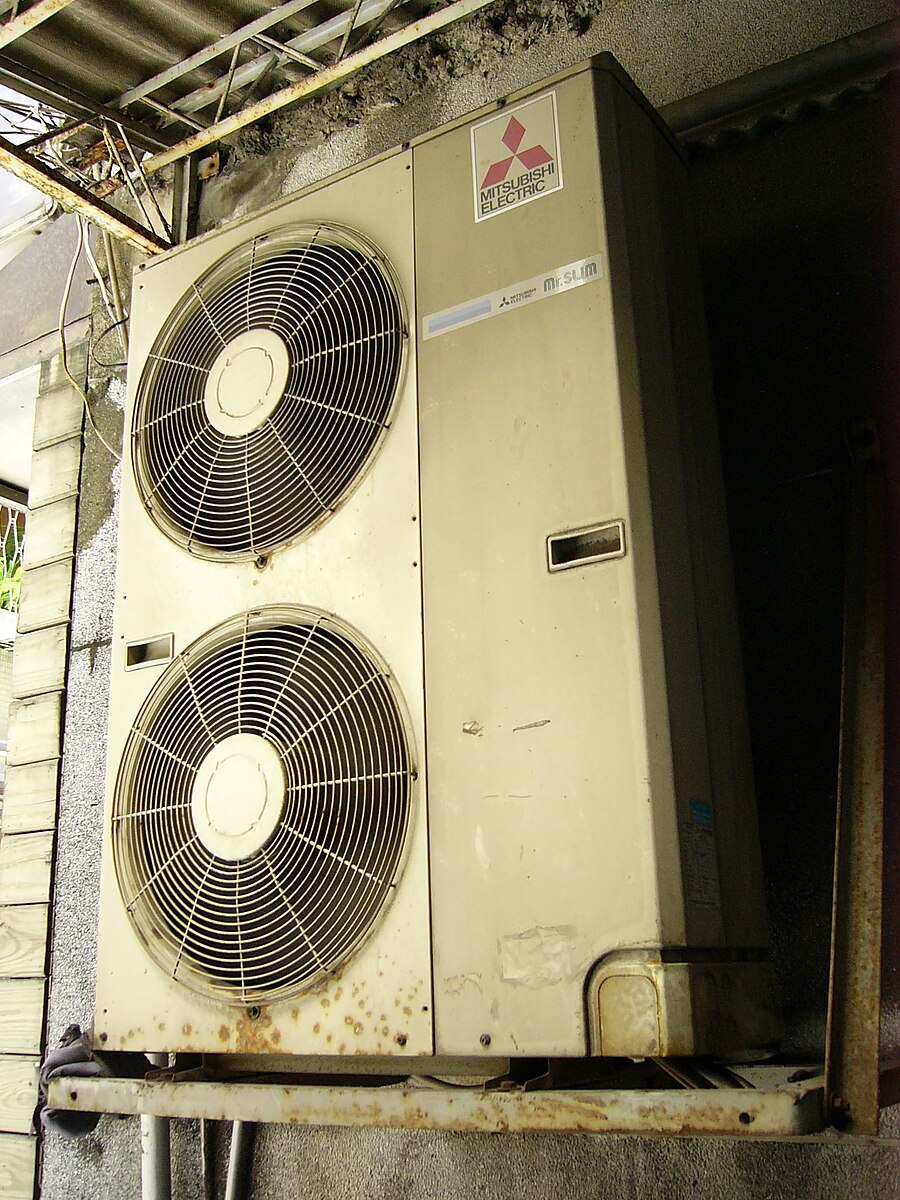Mitsubishi’s “I Feel” mode is an advanced feature in their air conditioning systems that allows for automatic temperature control based on the user’s desired comfort level. This mode utilizes a second thermostat located within the remote control to detect the temperature at the user’s exact location, rather than relying solely on the temperature at the unit itself. This makes the “I Feel” mode particularly useful in larger or multi-level rooms, where temperature differences can occur between the unit and the user’s position.
Understanding the Basics of Mitsubishi I Feel Mode
The “I Feel” mode in Mitsubishi air conditioning systems is designed to provide a personalized and energy-efficient cooling experience. When this mode is activated, the air conditioner’s temperature control algorithm adjusts the output based on the user’s preferred comfort level, as opposed to a fixed temperature setting.
How the I Feel Mode Works
-
Dual Thermostat System: The key component of the “I Feel” mode is the presence of a second thermostat within the remote control, in addition to the primary thermostat located in the air conditioning unit. This dual thermostat system allows the system to detect the temperature at the user’s location, rather than just the temperature at the unit itself.
-
Temperature Adjustment: When the “I Feel” mode is selected, the air conditioner’s control system continuously monitors the temperature readings from both the unit’s thermostat and the remote control’s thermostat. It then adjusts the cooling output to maintain the user’s desired comfort level, as indicated by the remote control’s temperature reading.
-
Personalized Comfort: By using the remote control’s thermostat, the “I Feel” mode enables users to dictate the temperature based on their exact location and personal preferences, rather than relying on a single, fixed temperature setting for the entire room or space.
Benefits of Mitsubishi I Feel Mode
-
Improved Comfort: The “I Feel” mode ensures that the air conditioning system maintains the user’s desired comfort level, regardless of the temperature differences that may exist between the unit’s location and the user’s position.
-
Energy Efficiency: In addition to temperature control, the “I Feel” mode also includes features like absence detection, which automatically switches the unit to power-saving mode when the user leaves the room. This, combined with the personalized temperature control, can result in up to 40% more energy efficiency compared to traditional HVAC systems.
-
Indirect/Direct Airflow Adjustment: The “I Feel” mode can also detect the location of occupants in the room and adjust the airflow accordingly, providing a more comfortable and targeted cooling experience.
Technical Specifications and Installation Considerations
 Image source: Mitsubishi ac By Solomon203
Image source: Mitsubishi ac By Solomon203
Dual Thermostat System Components
-
Primary Thermostat: Located within the air conditioning unit, the primary thermostat is responsible for monitoring the overall temperature of the room or space.
-
Remote Control Thermostat: The second thermostat is integrated into the remote control, allowing it to detect the temperature at the user’s exact location.
-
Control Algorithm: The air conditioning unit’s control system continuously monitors the temperature readings from both thermostats and adjusts the cooling output to maintain the user’s desired comfort level.
Installation and Maintenance
-
Unit Placement: When installing a Mitsubishi air conditioning system with the “I Feel” mode, it is important to consider the placement of the unit to ensure optimal temperature detection and airflow distribution.
-
Remote Control Placement: The remote control should be placed in a location that is representative of the user’s position within the room or space, as this is where the secondary thermostat is located.
-
Filter Maintenance: While the primary filter on a mini-split system can be removed and cleaned by the homeowner, other internal components, such as the heat exchanger and compressor, should be serviced by a licensed HVAC technician.
-
Cost Considerations: The cost of a Mitsubishi air conditioning unit with the “I Feel” sensor typically ranges from $5,000 to $9,000 per single zone, depending on the specific model and installation requirements.
Advanced Features and Functionality
Absence Detection
The “I Feel” mode includes an absence detection feature that automatically switches the air conditioning unit to a power-saving mode when the user leaves the room or space. This helps to further improve the system’s energy efficiency.
Indirect/Direct Airflow Adjustment
The “I Feel” mode can also detect the location of occupants in the room and adjust the airflow accordingly, providing a more comfortable and targeted cooling experience. This is achieved through the use of advanced sensors and algorithms within the air conditioning unit.
Integration with Smart Home Systems
Some Mitsubishi air conditioning systems with the “I Feel” mode can be integrated with smart home systems, allowing users to control and monitor the system remotely using their smartphones or voice assistants.
Conclusion
Mitsubishi’s “I Feel” mode is a highly advanced and innovative feature that provides users with a personalized and energy-efficient cooling experience. By utilizing a dual thermostat system and advanced control algorithms, the “I Feel” mode ensures that the air conditioning system maintains the user’s desired comfort level, regardless of the temperature differences within the room or space. With features like absence detection and indirect/direct airflow adjustment, the “I Feel” mode offers a level of customization and efficiency that sets it apart from traditional HVAC systems.
